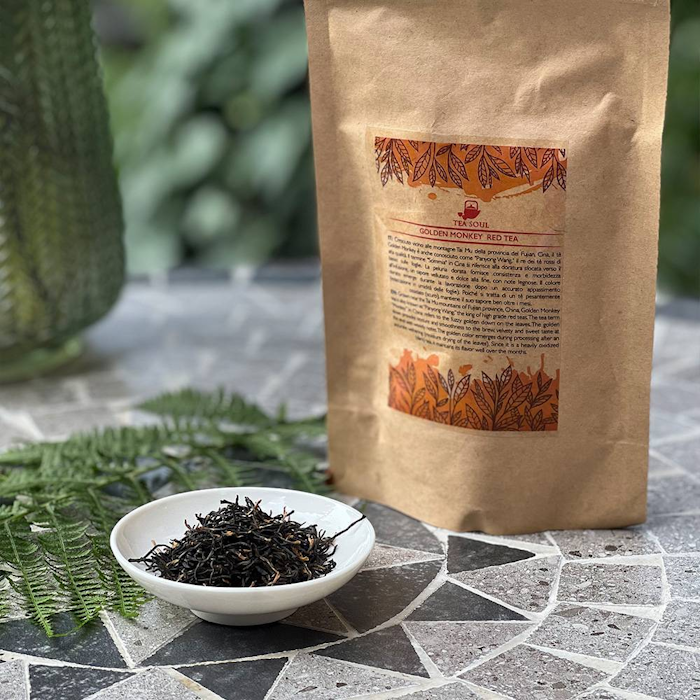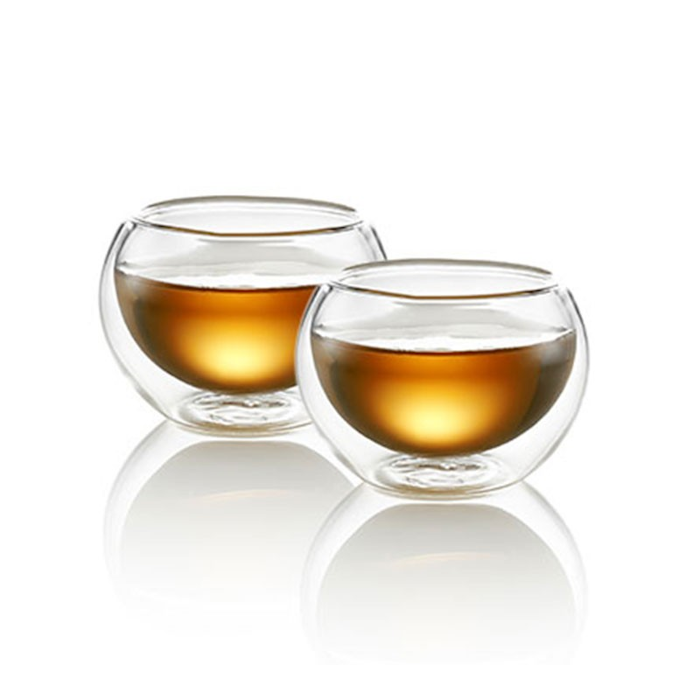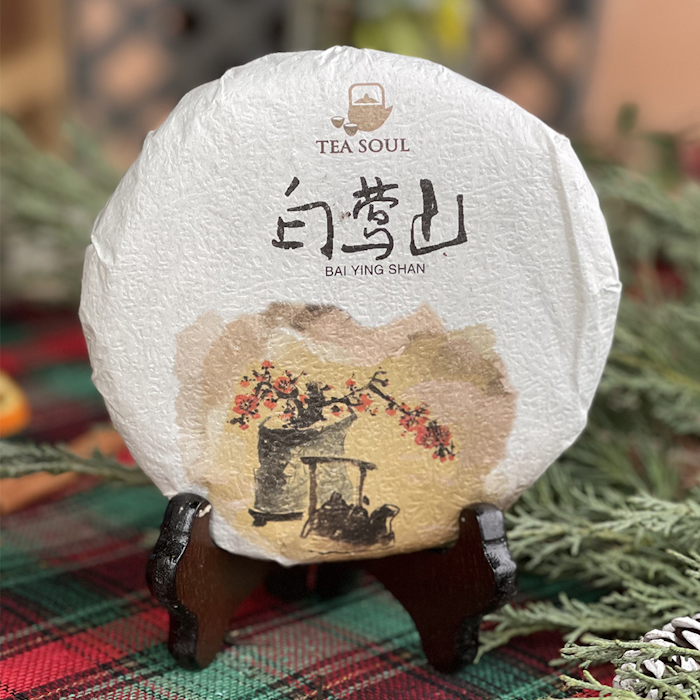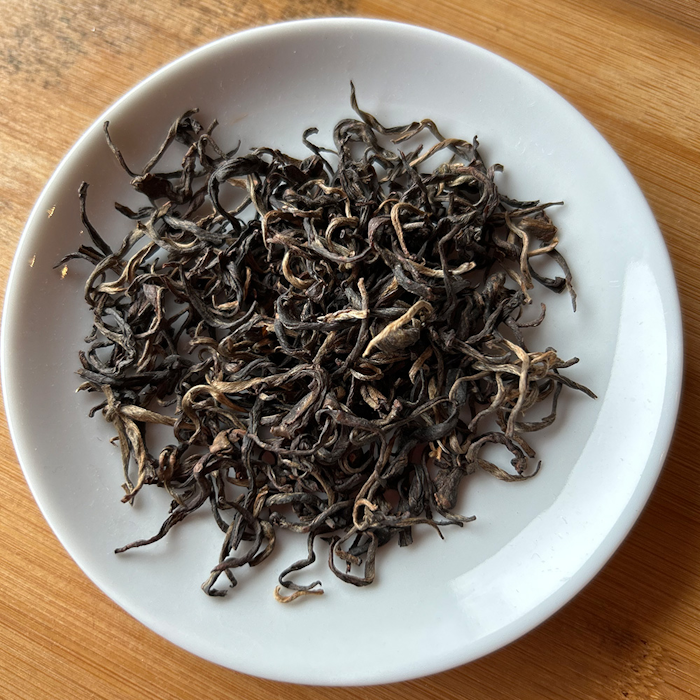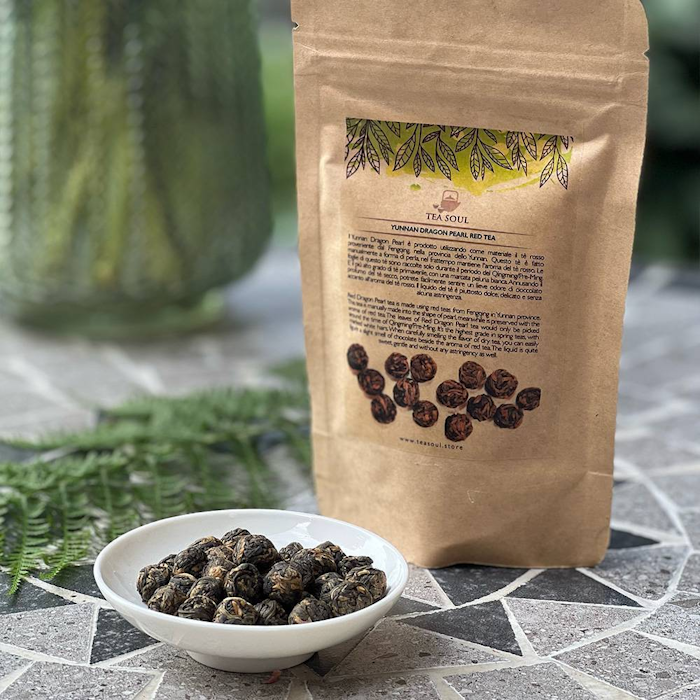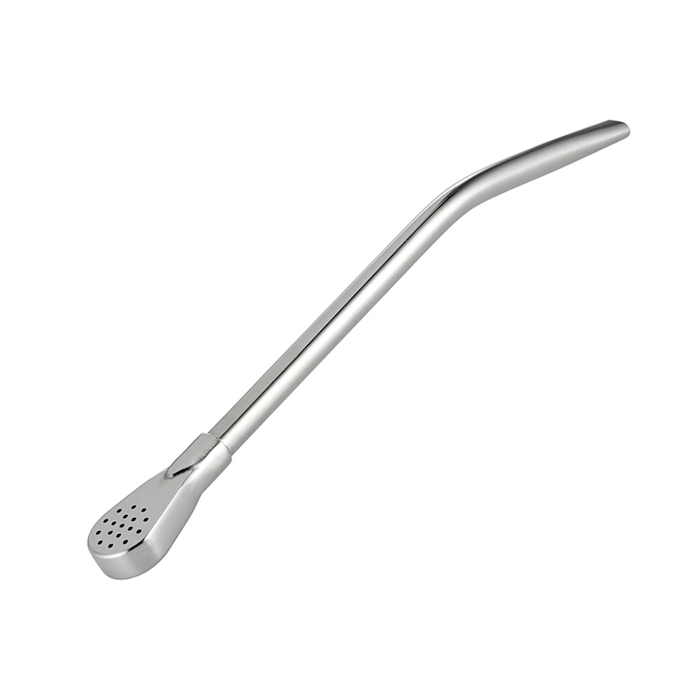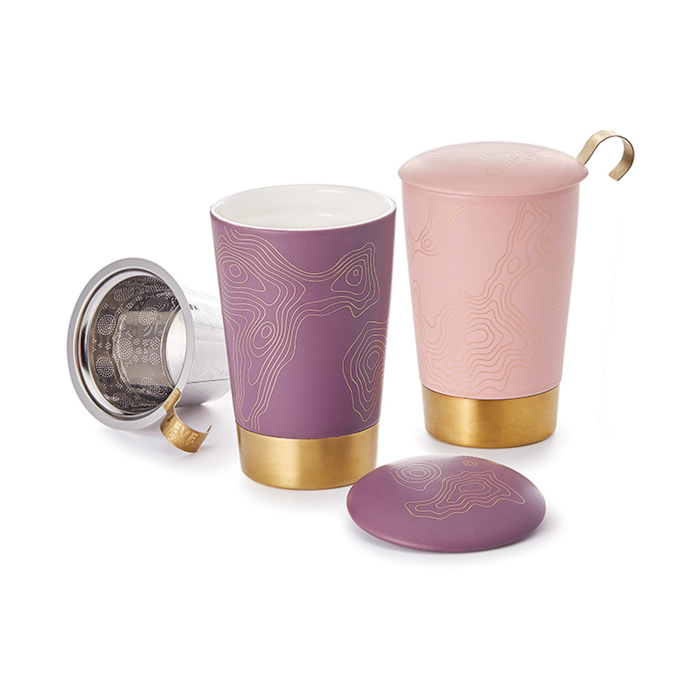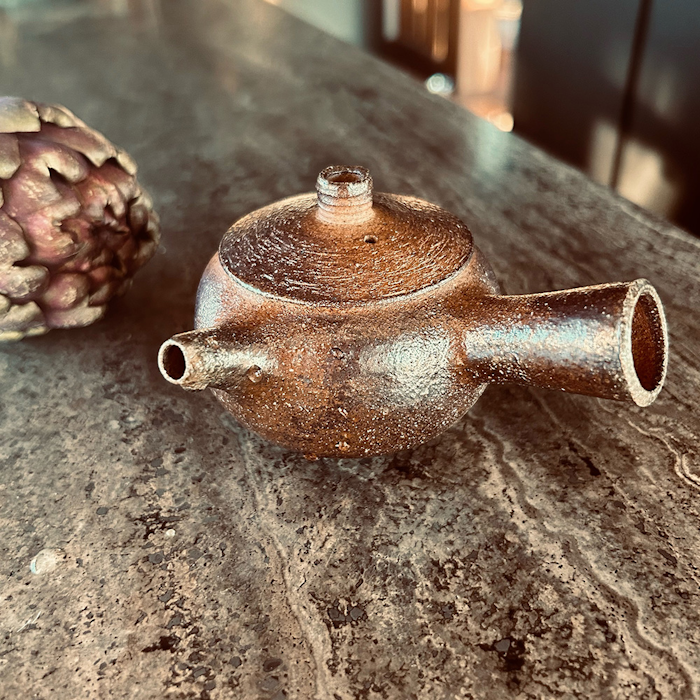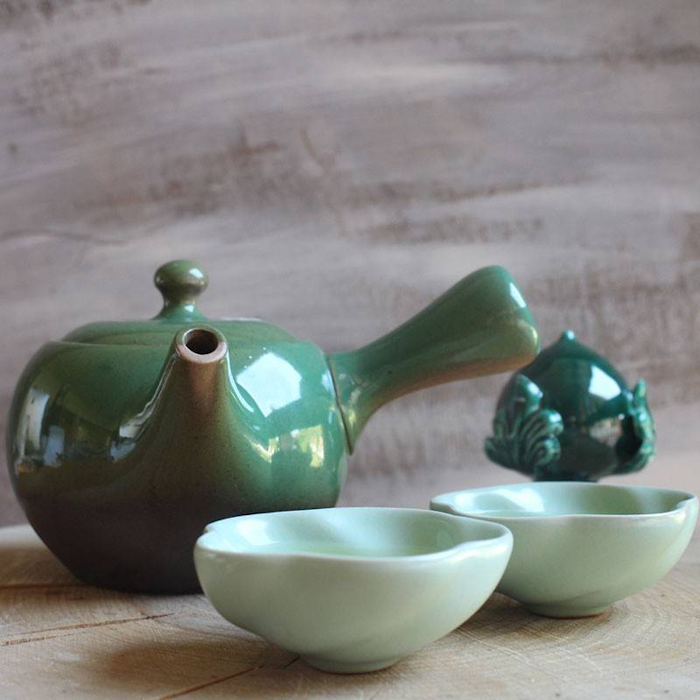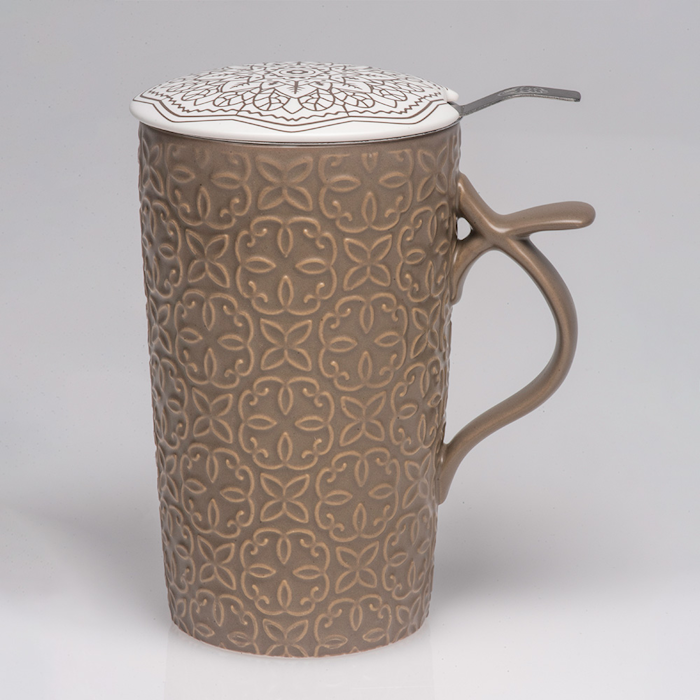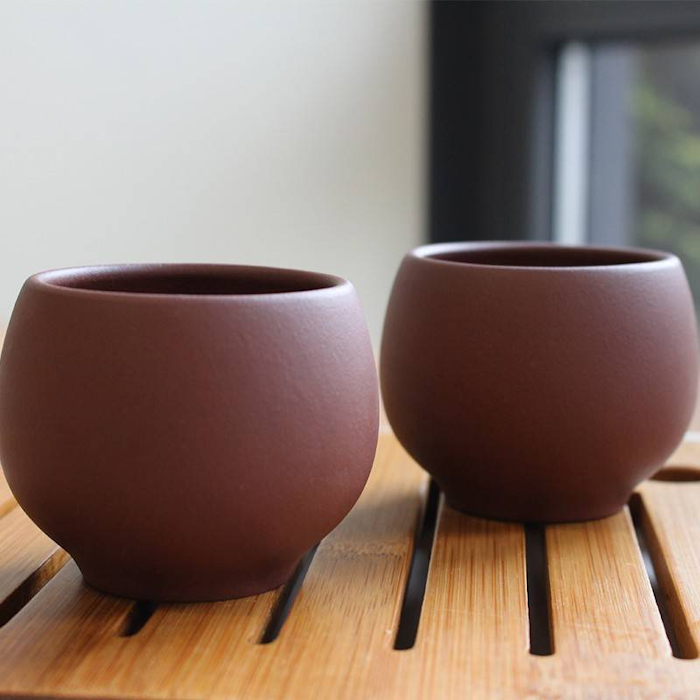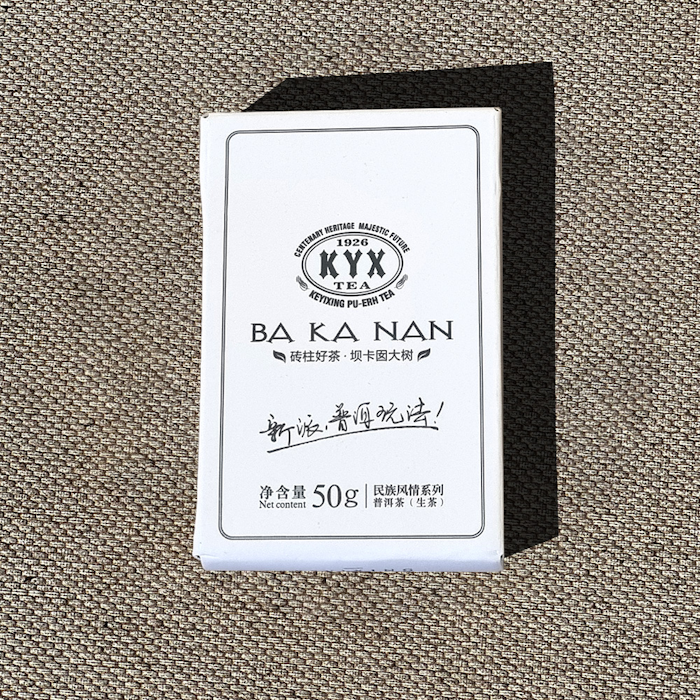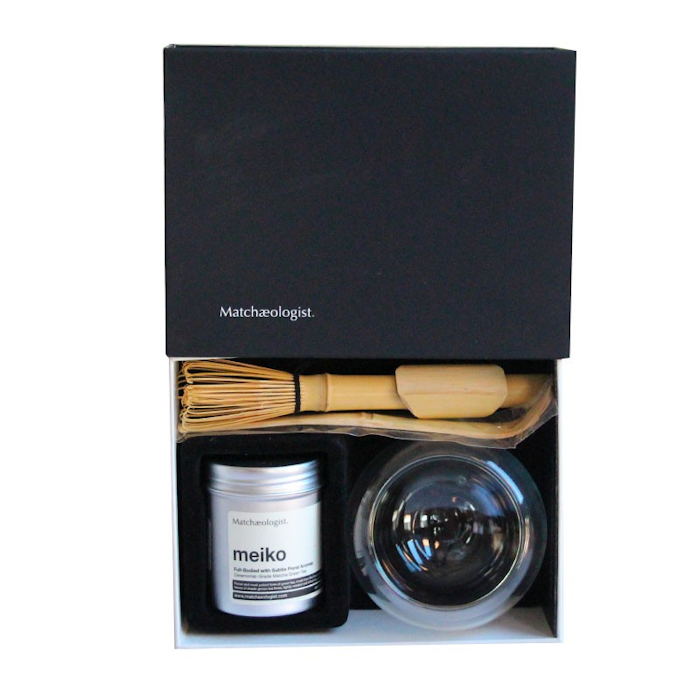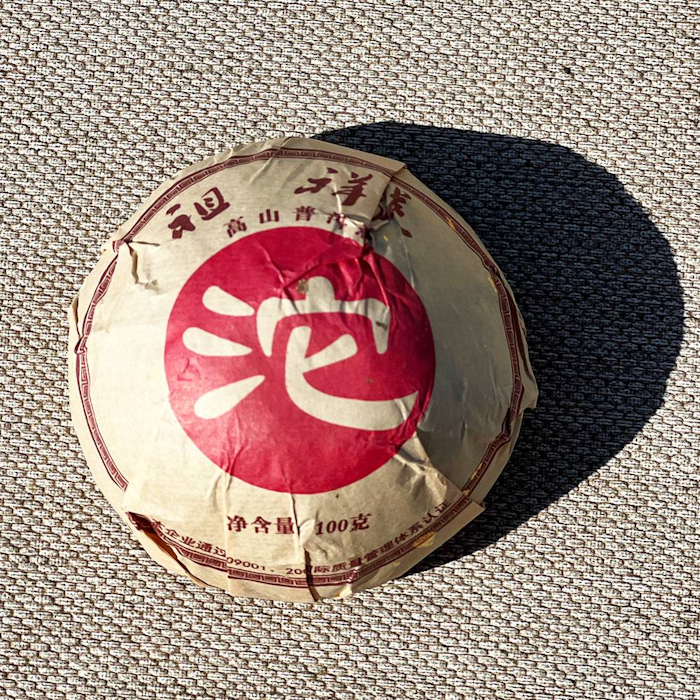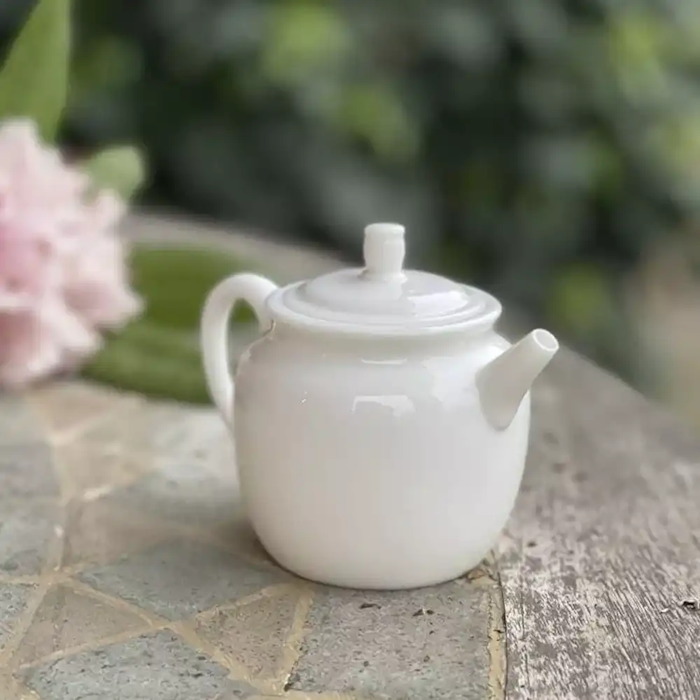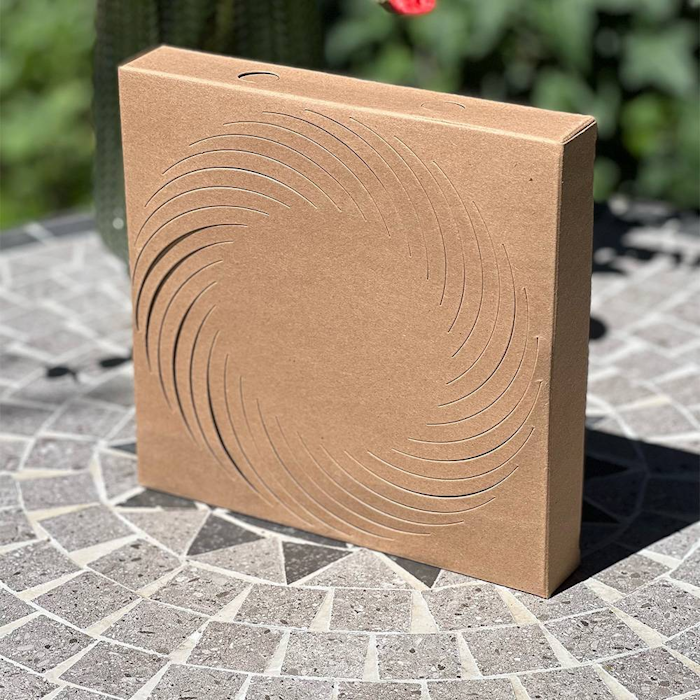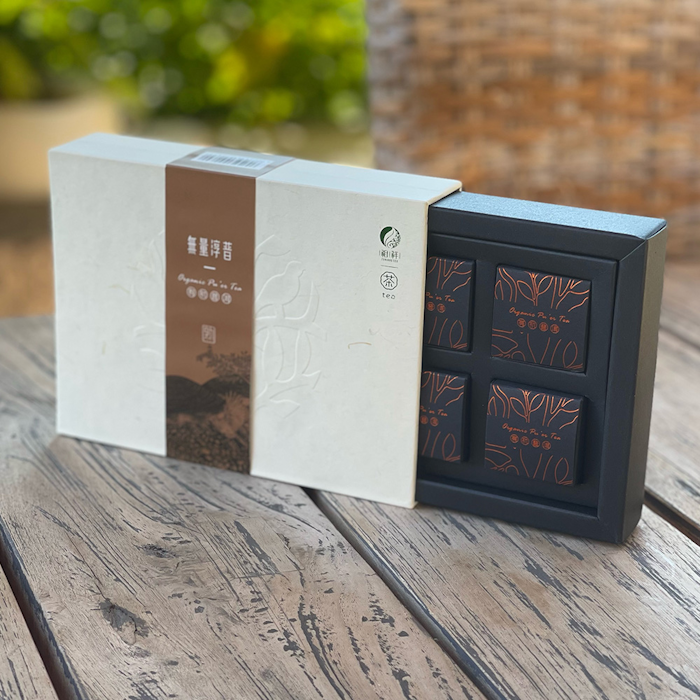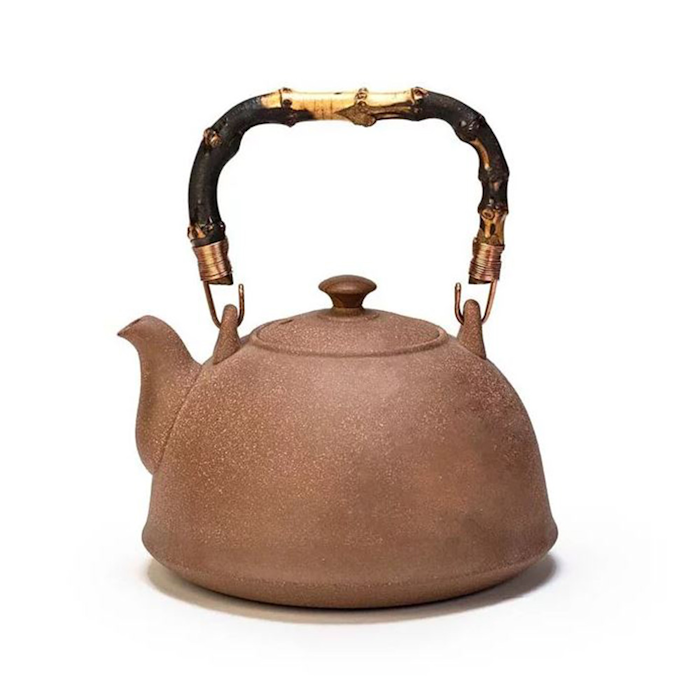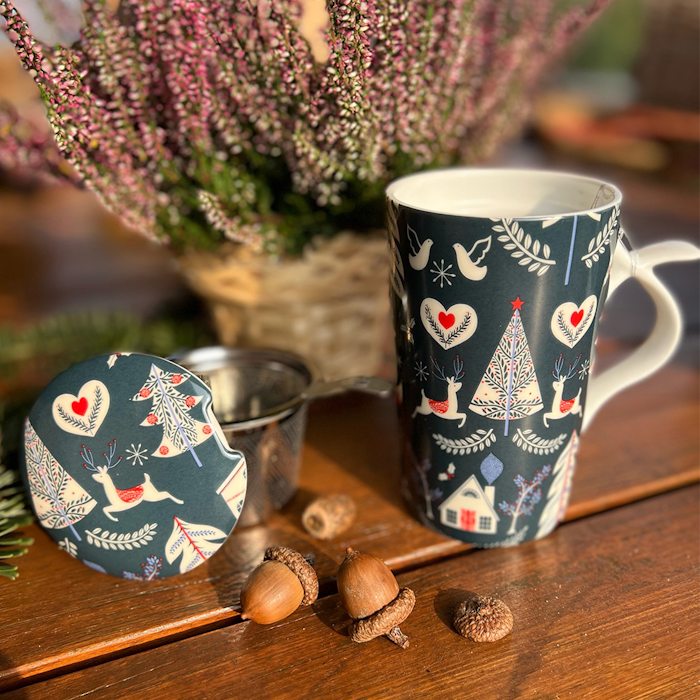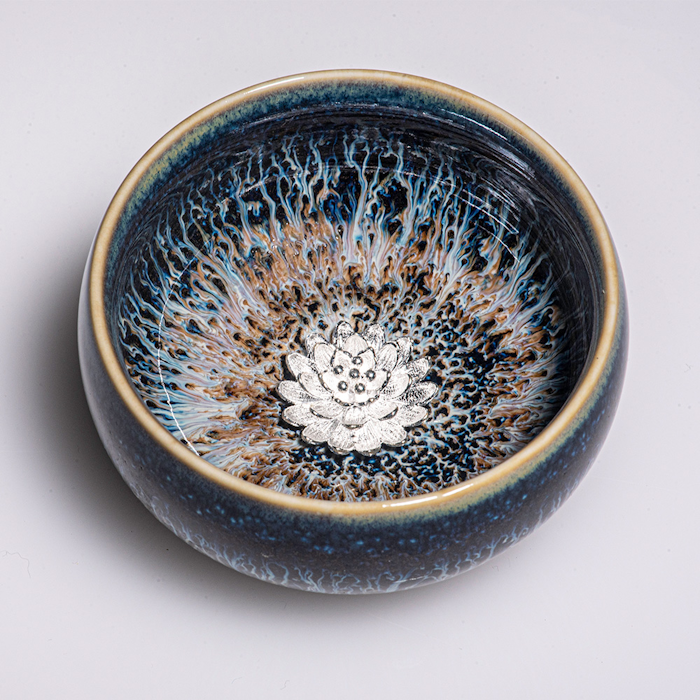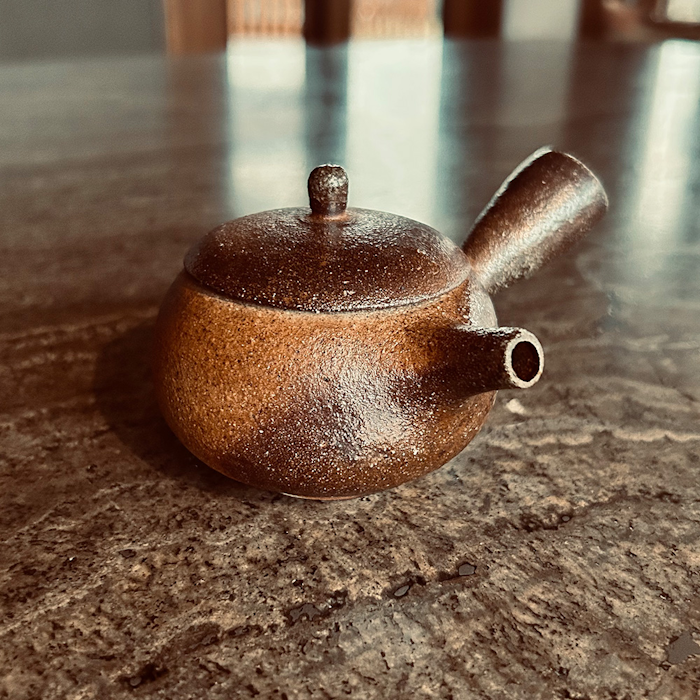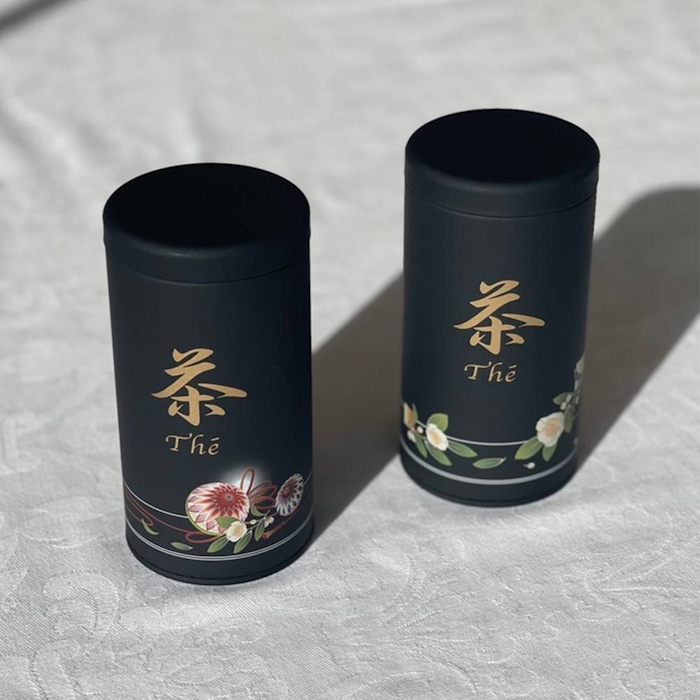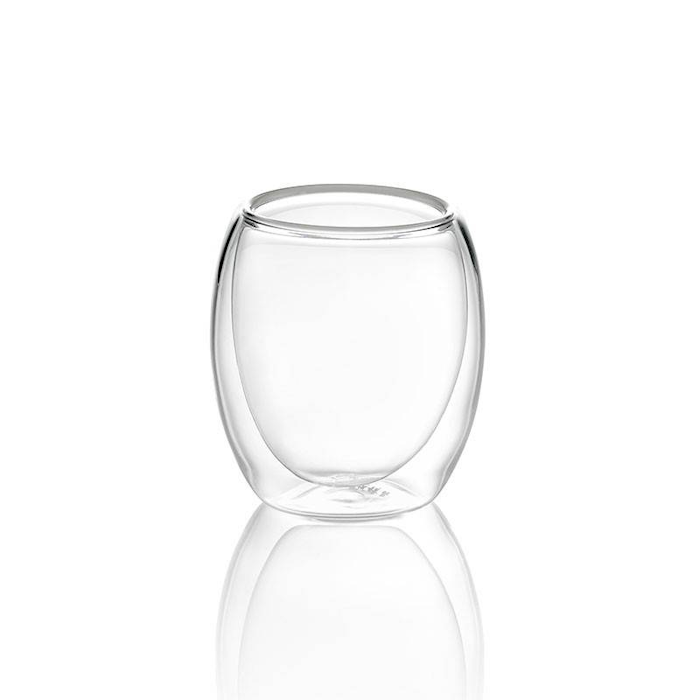The leaf of Spring Gande Tie Guan Yin Oolong Tea has the classic balled shape of jade oolongs (so much so that it is also referred to as "balled oolong" for this type of processing), jade green in color and floral in scent.
The golden, smooth and sweet liquor is reminiscent of glutinous rice and has the natural fragrance of orchid. The aroma is rich and accompanied by a faint milky note. This tea originates from Gande, located in the famous Anxi oolong tea-producing region.
Location of origin
Gande, Anxi, China
Tasting - Sight and Smell
Spring Gande Tie Guan Yin oolong tea leaves are loosely rolled, with shades of green ranging from the darkest forest green to bright jade green. Once infused, the leaves give off aromas of white flowers, puffed cereal, pastry, banana bread and custard. The liqueur is pale gold, extremely clear and bright.
Tasting Notes
GONG FU CHA
The first infusion of Spring Gande Tie Guan Yin oolong tea is very delicate, with floral notes followed by the sweetness of white sugar and a slight starchy hint reminiscent of glutinous rice. With the second infusion, the flavors become more assertive and the floral hints in particular become more pronounced, with notes of magnolia and wisteria and an unexpected hint of chamomile. A delicate fruity hint similar to that of ripe banana also emerges. In contrast, the third infusion and the following ones highlight the sweet hint of cereals, while the floral component becomes more discreet. A vegetal and herbaceous note can be perceived, albeit very faintly, which gives the tea a good freshness without it ever becoming astringent.
To the WEST
The first sip of Spring Gande Tie Guan Yin oolong tea is very sweet and floral, with opening notes of white flowers such as lily of the valley and wisteria and a vague hint of monoi. This is followed by notes reminiscent of toasted and puffed rice with an almost buttery pastry-like finish. A sugary sensation at the bottom and sides of the tongue accompanies each sip, and lingers long, recalling white sugar crystals. Neither astringency nor bitterness is evident; on the palate, the tea is medium-bodied and silky, with good smoothness.
Infusion Method
We strongly recommend infusing Spring Gande Tie Guan Yin oolong tea in the traditional Chinese method (Gong Fu Cha) with a gaiwan with a capacity of about 150 ml. By following this preparation, multiple infusions can be made with 5 grams of leaves that are useful for best capturing all the flavor nuances of the tea.
Heat the water to a temperature of 85°C: proceed to briefly rinse the leaves and then to an initial 15-second infusion. Keeping the water at the same temperature, you can then continue to exploit the same leaves by adding more water and increasing the infusion time by 10 seconds each time (15 - 25 - 35...).
This tea has a longevity of about 6 infusions.
For a more classic preparation according to the Western style we recommend 3 grams of leaves in a 200 ml cup with water at 85°C for an infusion time of 3 minutes.
For a better tasting experience we suggest that you strain the tea as soon as the infusion time is over. The infusion timings we suggest can be slightly modified to your liking to achieve a more or less intense taste.
We recommend storing in a cool, dry place away from direct sunlight.
Benefits of Oolong Tea
The main benefits that can be derived from oolong teas, such as this Spring Gande Tie Guan Yin, stem from the significant content of mineral salts and antioxidant phenols in the leaves.
Some studies, in fact, report that daily intake of oolong tea can affect bone health by improving the concentration of minerals in this tissue and promote a decrease in blood sugar due to the stimulating effect of phenols on insulin.
Oolong teas also generally possess a low concentration of caffeine. This characteristic makes them suitable to be consumed at any time of the day, even by people who are more sensitive to this exciting substance.









